Banisteriopsis Caapi – Cielo Vine, Shipibo Tribe from Peru
Desde € 15,73 Incl. VAT
Botanical name: Banisteriopsis Caapi
Type: Cielo
Plant part: Vine
Form: Shredded
Country: Peru
Region: Iquitos
Tribe: Shipibo
Beschreibung
More about Banisteriopsis Caapi Peruvian Shipibo Cielo
This very finely shredded Cielo Ayahuasca vine comes from the Amazon Jungle near Iquitos in Peru. This rare specimen of vine comes directly from the Shipibo tribe. They are the most famous Ayahuasqueiros of the Peruvian Jungle. The Shipibo are masters of their tradition.
What is Banisteriopsis caapi?
Banisteriopsis caapi, commonly known as Ayahuasca, is a prominent vine species found in the Amazon rainforest. With a rich history deeply rooted in indigenous cultures and shamanic practices, Ayahuasca has garnered significant attention due to its remarkable psychoactive properties. The vine contains numerous bioactive compounds such as harmine and tetrahydroharmine, collectively classified as β-carboline alkaloids.
These alkaloids exhibit potent monoamine oxidase inhibitory activity, facilitating the oral administration of dimethyltryptamine (DMT), another psychoactive compound typically sourced from Psychotria viridis or other DMT-containing plants simultaneously brewed with Banisteriopsis caapi. By blocking the activity of the enzyme responsible for metabolizing DMT in the gastrointestinal tract and liver—monoamine oxidase—the brew allows for prolonged systemic availability of DMT upon ingestion, inducing profound psychedelic experiences when consumed under proper guidance.
Reviews (0)
Only logged in customers who have purchased this product may leave a review.
Legality
Disclaimer
Related products
Banisteriopsis Caapi
Banisteriopsis Caapi
Caupuri (Banisteriopsis Caapi) Ayahuasca Vine – Roughly Shredded Caapi Vine from Brazil
Banisteriopsis Caapi
Tucanaca (Banisteriopsis Caapi) Ayahuasca Vine – Roughly Shredded Caapi Vine from Brazil
Banisteriopsis Caapi
White Caapi (Banisteriopsis Caapi) – Whole White Ayahuasca Vine from the Shipibo-Conibo, Peru
Banisteriopsis Caapi
Red Caapi (Banisteriopsis Caapi) – Shredded Ayahuasca Vine from Napo, Peru
Banisteriopsis Caapi

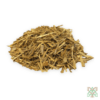

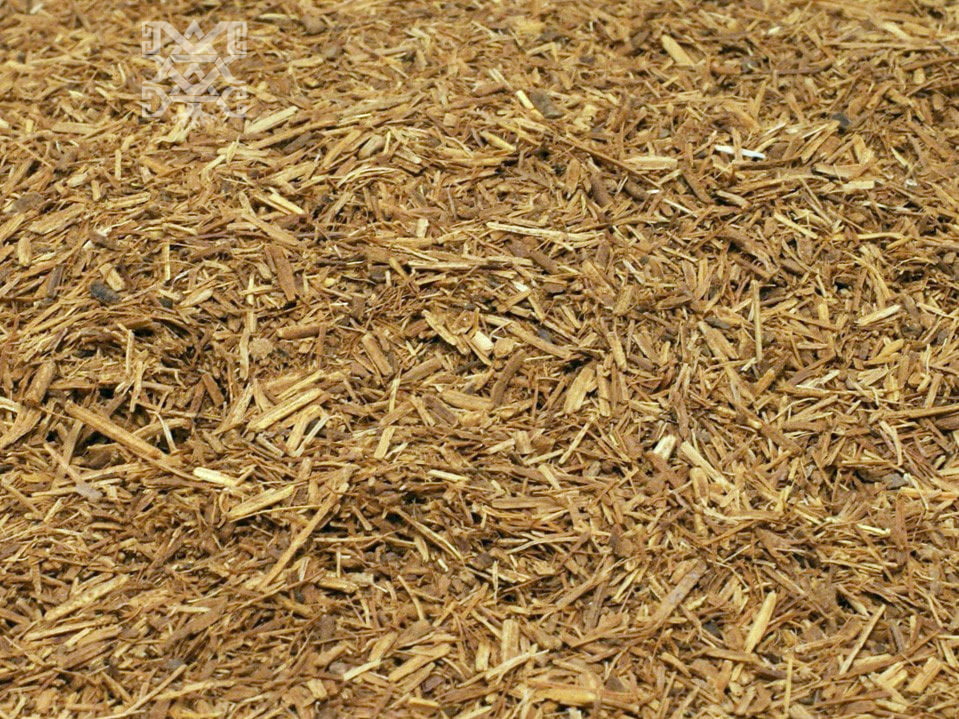
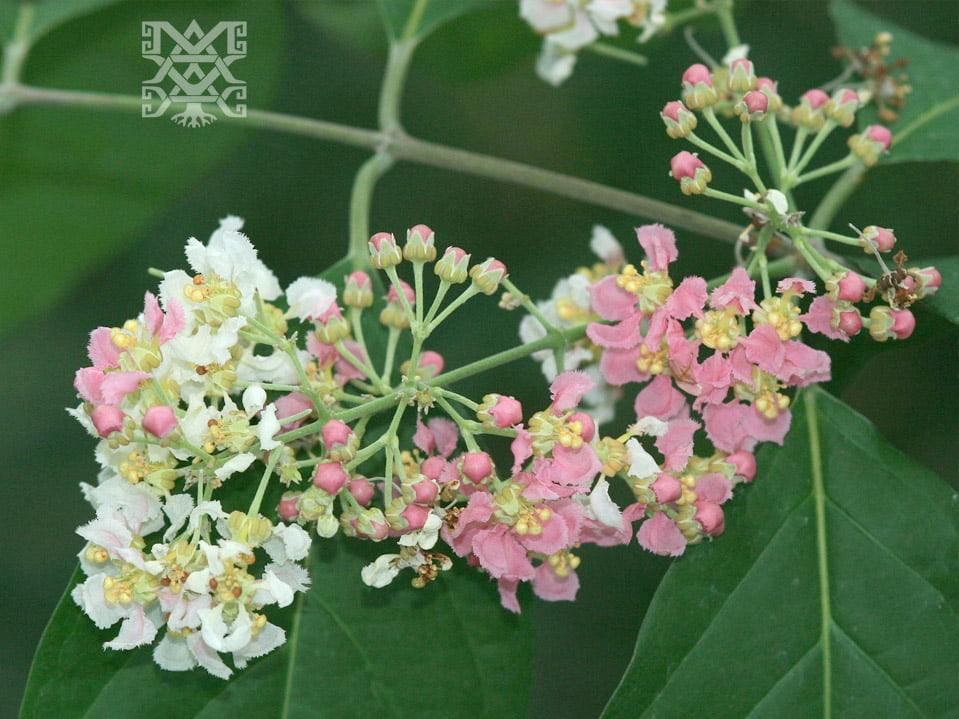
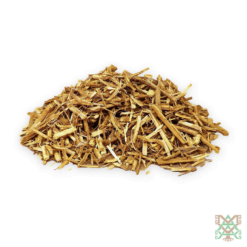
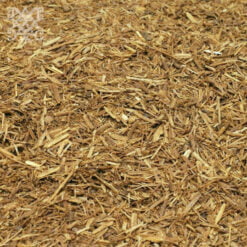
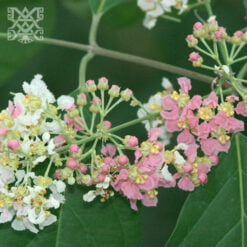
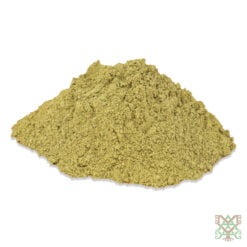
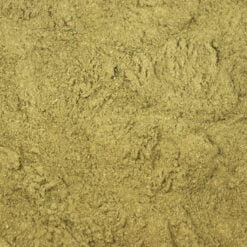
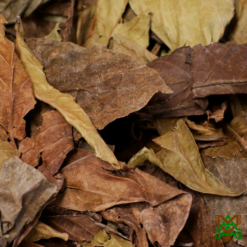
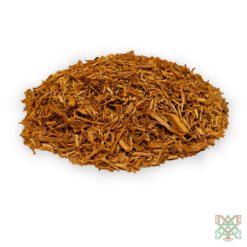
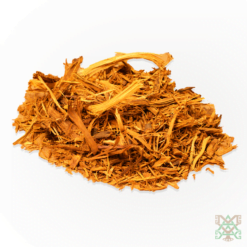
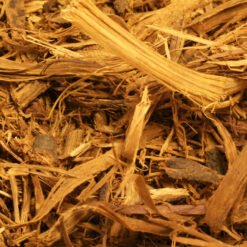
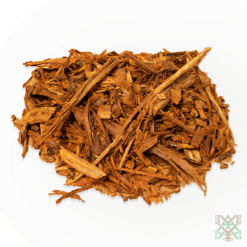
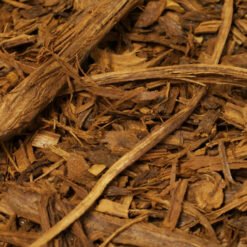
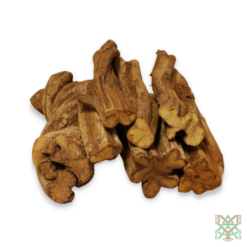
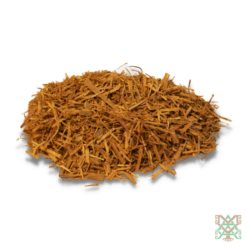
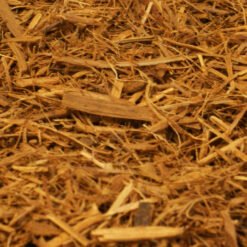
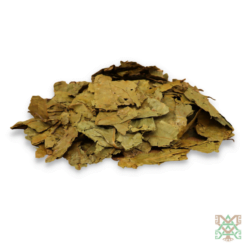
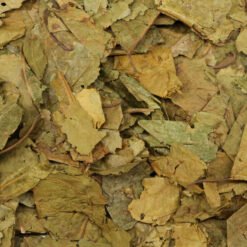
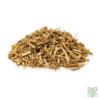
Reviews
There are no reviews yet.